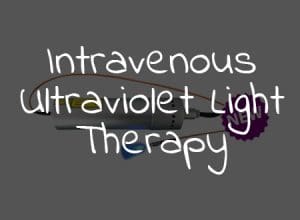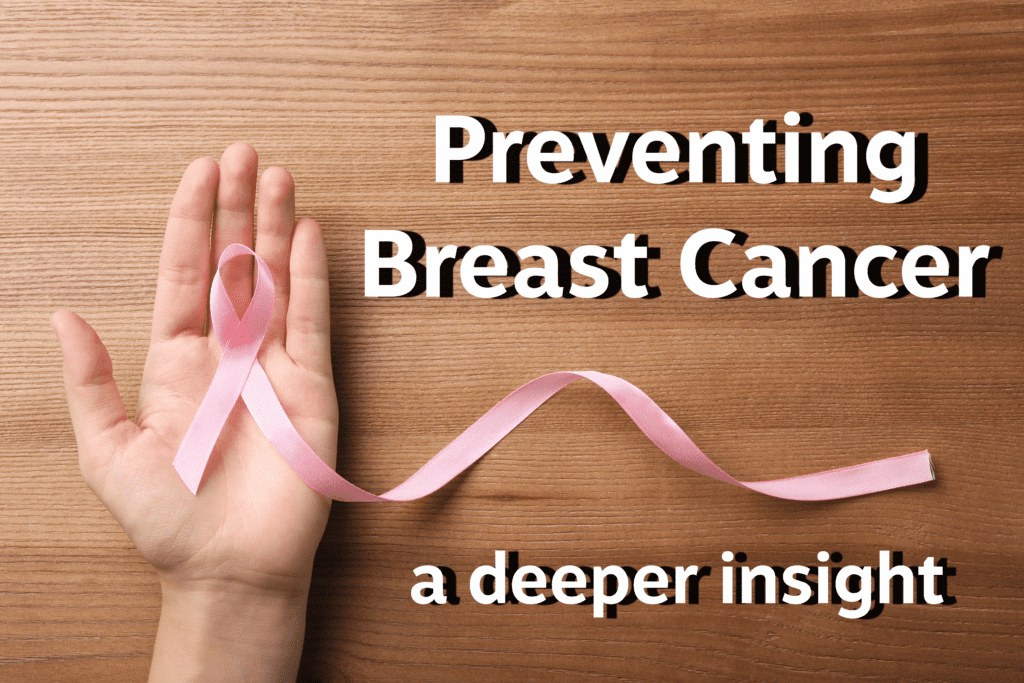Preventing Breast Cancer: a Deeper Insight
Breast cancer is a significant global health concern that affects both men and women. Although no single factor determines whether an individual will develop this disease, certain factors and conditions can elevate risk. The complex nature of breast cancer calls for a multifaceted, integrative approach to prevention. This strategy involves lifestyle modifications, maintaining hormonal balance, ensuring proper estrogen metabolism, and understanding genetic predispositions.
Risk Factors and Hormonal Imbalances
Breast cancer risk factors encompass a diverse range, including genetics, lifestyle choices, reproductive history, and hormonal imbalances. An understanding of these can provide a foundation for preventive strategies:
- Family History: A family history of breast cancer, especially among first-degree relatives (mother, sister, or daughter), can increase your risk.
- Early Menarche and Late Menopause: Women who begin menstruating before age 12 or enter menopause after age 55 have a higher risk because they’re exposed to estrogen for a longer period.
- Obesity: Excess weight, particularly after menopause, can increase breast cancer risk. Fat tissue produces estrogen, and high levels of this hormone can promote the development of breast cancer.
- Alcohol Consumption: Alcohol increases levels of estrogen and other hormones associated with hormone-receptor-positive breast cancer. It may also damage DNA in cells, leading to cancer.
- Having No Children or Late Childbearing: Women who haven’t borne children or had their first child after age 30 may have a higher risk due to a longer lifetime exposure to estrogen.
- Hormone Imbalances: Certain hormonal imbalances can overstimulate the estrogen receptor and subsequently increase breast cancer risk. These include:
- Stress: High levels of stress can elevate cortisol, deplete DHEA (a hormone produced by the adrenal glands), and shift the immune system from a TH1 response (normal bacterial, viral, and cancer cell killing immune system) to a TH2 immune response. A TH2 response is associated with an autoimmune type of response and an increased risk of cancer.
- Underactive Thyroid and Elevated Insulin: Conditions like an underactive thyroid or elevated insulin, as seen in type 2 diabetes or metabolic syndrome, can decrease sex hormone-binding globulin (SHBG). Reduced SHBG can increase the amount of free estrogen in the body, leading to the overstimulation of the estrogen receptor.
- Exposure to Xenoestrogens: Xenoestrogens are synthetic or natural compounds that mimic estrogens. Examples include DDT, exhaust fumes, hormones in farm-fed chickens, and certain plastics. If these are not metabolized properly and detoxified, they can increase the risk of breast cancer.
- Low Progesterone: Progesterone deficiency occurs before estrogen deficiency in the perimenopause. As the progesterone level goes down, the risk for breast cancer goes up. Progesterone has antiproliferative effects on the breast and uterus, acting as a natural safeguard against overstimulation by estrogen.
- Low Melatonin and High Prolactin Levels: Both these conditions can also contribute to the overstimulation of the estrogen receptor, thus increasing the risk of breast cancer.
- Testosterone Imbalance: While testosterone replacement has been shown in trials to lower the risk for breast cancer, an excess of it can lead to problems. Too much testosterone, as seen in conditions like polycystic ovarian syndrome, can be converted to estradiol, a form of estrogen. This can result in overstimulation of the estrogen receptor, thereby increasing the risk of breast cancer.
Balancing these hormones is crucial in reducing the risk of breast cancer. If obesity is a concern, losing weight can help balance hormones. Furthermore, the metabolism of estrogen plays a vital role in the body’s overall health and in the prevention of breast cancer.
For a more comprehensive evaluation, certain tests can be particularly helpful in our fight to prevent breast cancer. These include:
- Estrogen quotient (E3/(E2+E1)): Ideally, the quotient should be greater than 1.
- 2:16OH estrone ratio in the urine: The ratio should ideally be greater than 2 but less than 9. A ratio greater than 9 might increase the risk for osteoporosis, as 16OH estrone is a potent estrogen, whereas 2OH estrone is a weak estrogen at the receptor site. 2OH estrone is also an antioxidant and a blood vessel protector.
A Multifaceted Approach to Reduce Risk
To help mitigate these risks, an integrative approach that involves dietary changes, physical activity, and lifestyle modifications is recommended:
- Balanced Diet: A diet rich in fruits, vegetables, lean proteins, whole grains, and low in processed foods can reduce the risk. Foods like cruciferous vegetables, flaxseed, and soy are known to support healthy estrogen metabolism.
- Regular Exercise: Physical activity helps maintain a healthy weight, reduces inflammation, and can lower hormone levels. Aim for at least 30 minutes of moderate to vigorous exercise most days of the week.
- Limited Alcohol Consumption: Limiting or avoiding alcohol can lower your risk. The recommendation for women is to limit alcohol intake to no more than one drink per day.
- Avoidance of Exposure to Environmental Estrogens: Try to minimize exposure to environmental estrogens found in pesticides, plastics, and certain foods (like farm-fed chickens).
- Maintaining a Healthy Weight: Achieving and maintaining a healthy weight throughout life is one of the most important ways to protect against breast cancer.
Supporting Healthy Estrogen Metabolism
The liver metabolizes estrogen through two pathways. The first phase is hydroxylation, converting estrogen into 2, 4, or 16-hydroxyestrone. These are fat-soluble and must be made water-soluble for elimination via phase two detoxification, which includes methylation, sulfation, or glucuronidation.
2- hydroxyestrone is harmless, whereas 4, and 16- hydroxyestrone are carcinogenic.
Certain nutraceuticals can enhance these production of 2- hydroxyestrone, promoting a healthy estrogen balance and reducing breast cancer risk:
- Indole-3-Carbinol (I3C) and Diindolylmethane (DIM): Found in cruciferous vegetables, these compounds increase the production of 2-hydroxyestrone, a harmless estrogen metabolite, rather than carcinogenic 4 and 16-hydroxyestrone.
- Vitamin B6, B12, and Folic Acid: These vitamins support phase two detoxification and protect against the dangers of alcohol use in increasing breast cancer risk.
- Omega-3 Fatty Acids: Fish oil and other sources of omega-3 fatty acids can help maintain a healthy hormone balance.
- N-acetylcysteine (NAC), L-Glutamine, and SAM-e: These nutrients increase the production of glutathione, the body’s most potent antioxidant, supporting phase two detoxification.
- Whey Protein: It supports phase one detoxification and enhances the production of glutathione.
Understanding the Role of Genetics
Genetic predisposition significantly impacts breast cancer risk. High-penetrance genes, like BRCA1 and BRCA2, considerably increase your risk of developing breast cancer. Conversely, low-penetrance genes, like COMT and MTHFR, have a more modest effect but can be mitigated through lifestyle changes:
- BRCA1 and BRCA2: Carriers of these genes have a significantly increased risk for breast cancer. However, lifestyle choices such as regular exercise, maintaining a healthy weight, limiting alcohol, and a healthy diet can help reduce the risk.
- COMT: This gene is involved in estrogen metabolism. Variations in this gene can slow the COMT enzyme, leading to a buildup of estrogen. Consuming foods rich in methyl donors and B-vitamins can support COMT function.
- MTHFR: This gene impacts how well your body converts folic acid into active folate. Variations can lead to higher homocysteine levels, linked to breast cancer. Eating foods high in natural folate and supplementing with active folate, if necessary, can help.
In conclusion, the path to breast cancer prevention is complex but achievable. It involves a personalized, integrative approach encompassing lifestyle modifications, dietary changes, maintaining hormonal balance, and understanding your genetic makeup. The goal is to create an environment that discourages the development and proliferation of cancer cells.




